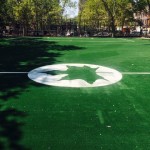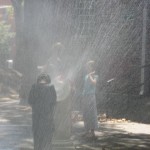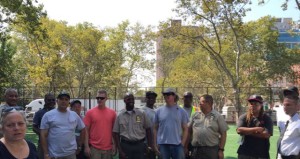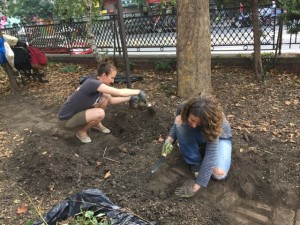This is what helps a Community Board decide what Park projects get funded.
And our park needs a lot of help (you’ve been letting us know!). Now is your chance to be heard.
Please come to support this park’s budget priorities – add yours!
Capital Projects:
-Stanton Building bathrooms renovated and opened to the public, return site to the neighborhood (bathrooms are nearly funded)
-Reconstruct the playground at Rivington
-Fix the oval at Hester
-Reconstruct pathways at Broome Street
Expense:
Funding for: maintenance workers, tree pruners, rat abatement, and GreenThumb (which serves Community Gardens)
When? Wednesday, September 16th at 6:30pm
Where? 59 East 4th Street (btwn 2nd Ave & Bowery)
CB 3 Public Hearing – FY 2017 Budget Priorities
Every year the Community Board submits a list of capital and expense budget priorities to city agencies. This hearing is your opportunity to have input into these district budget priorities. Tell us how money should be spent in Community Board 3.
Organizations, groups, and individuals representing all segments of the community are encouraged to participate.





























